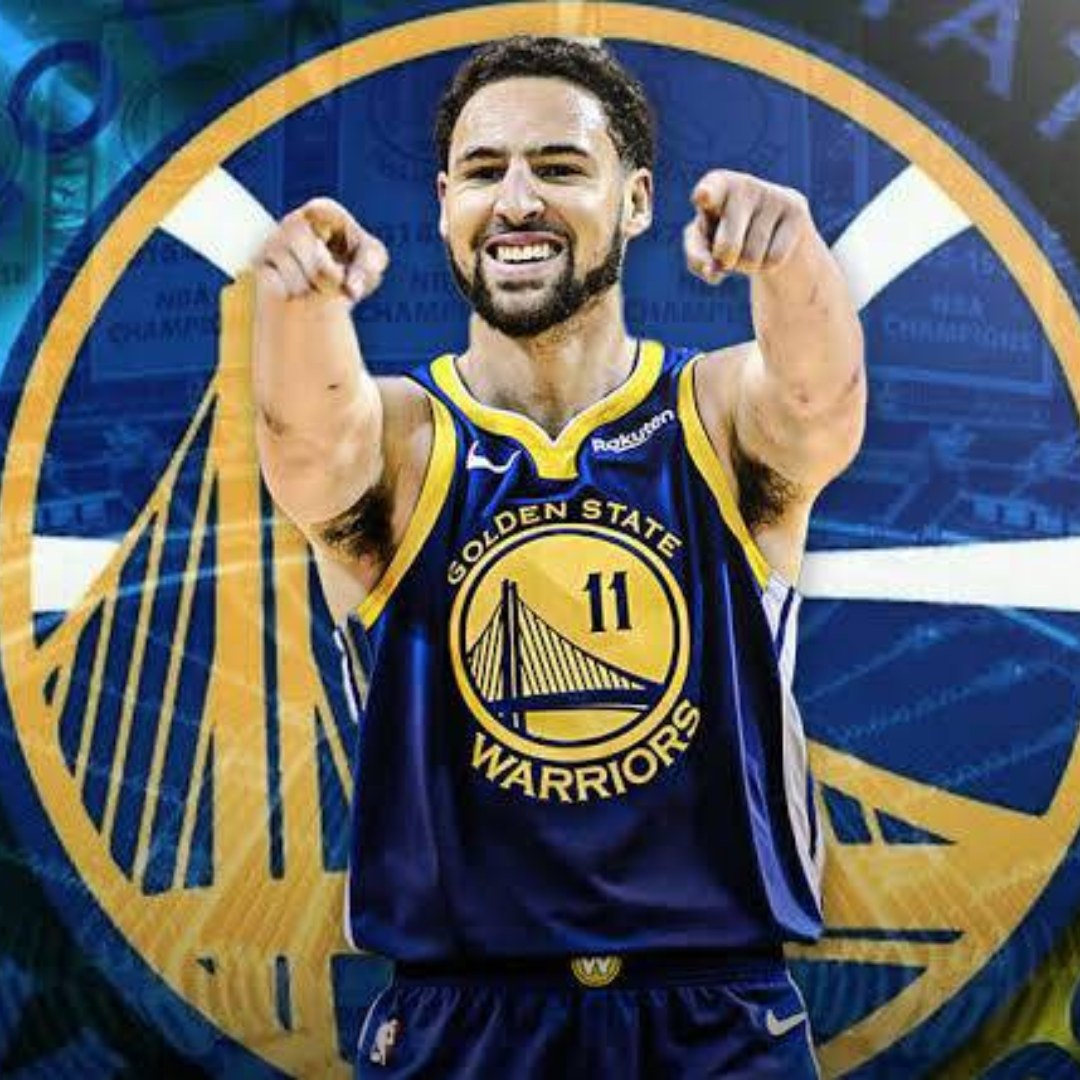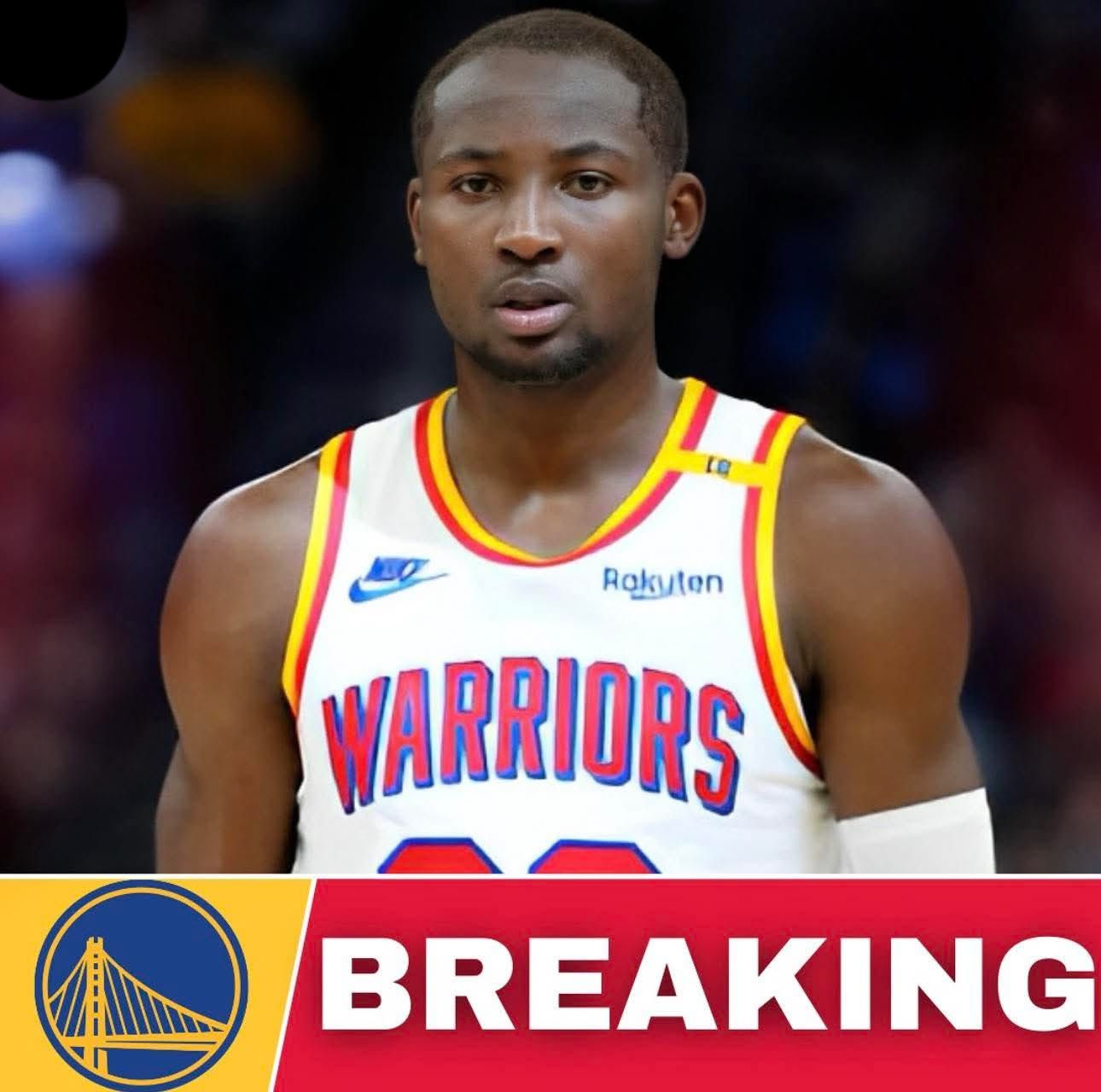Georgia Bulldogs Offensive Line Among College Football’s Most Exceptional Athletic Marvels
When one watches the Georgia Bulldogs offensive line at work, any notion of the traditional, lumbering big man protecting the quarterback disappears. In its place emerges a group of athletes whose blend of size, speed, agility, and technique positions them as among the most remarkable units in college football. These linemen are not just imposing; they are dynamic, explosive, and capable of feats that blur the line between the trenches and the skill positions. Their unique physical and technical attributes have turned the Bulldogs’ front line into more than just a protective wall—they have transformed it into a potent force that defines games and sets the standard for athletic freakishness in the sport.
Size alone would not suffice to explain what makes this line so impressive. While Georgia’s linemen routinely tower over their counterparts—with many standing well over six foot four and tipping the scales at 310 or more pounds—it’s their combination of speed and finesse that elevates them to another level. When they fire off the ball on passing downs, they explode into their blocks with surprising burst, often covering ground faster than many linebackers and edge rushers. In screen schemes, they can move elite tempo, reaching targets in space before defenders react. Watching them unfold into a zone run, it’s common to see the guard and center climbing multiple levels to seal off pursuing defenders on the second and third level in ways that challenge the norms for players their size.
Their agility is just as remarkable. In pulling plays, on reach blocks, or in cutback schemes, they bend and mirror with such precision that it feels more like watching basketball forwards close on perimeter defenders than traditional offensive line play. Many of them boast 40-yard dash times in the low-five-second range, and at the NFL Combine equivalent measurements, their three-cone drills and short shuttle times routinely land among the fastest in the nation. Yet at the same time, they have enough anchor in the weight room to stand firm against bull rushes, resetting powerfully enough in pass protection to wall off elite pass rushers, even on third-and-long. That balance of explosion and brute strength is exceedingly rare, and Georgia’s line possesses it in spades.
Their collective athleticism enables a level of versatility that few programs enjoy. It’s not unusual to see linemen shift between multiple positions week to week or even series to series. A guard may line up at tackle for one drive, then later slide to center for another. They can zone block one scheme, power block another, execute gap schemes, pull and block in the open field, or anchor in pass sets with equal proficiency. That kind of flexibility not only makes the offense more difficult to attack but also allows Georgia to match personnel and tactics to specific opponents in ways that few teams can.
They are coached in a system that maximizes their unique attributes. Georgia’s offensive line coaches emphasize technique, body control, and footwork as much as raw strength. Their teaching method aligns with high-performance athletic development, where mobility drills, mirror work, and whiteboard breakdowns of angles complement traditional strength training. It’s an approach that builds linemen who think as much as they move—athletes who anticipate line calls, recognize stunts, and mirror rushers instantly. The result is a unit that can function at top levels without needing to re‑set between every play. Their communication and cohesion set them apart too: they slide as a unit, mirror blitzes effectively, and lock in during high-leverage situations not by brute force alone but by coordination.
Their impact on games is obvious. In critical moments—fourth-and-short, red zone possessions, third-and-long—the Bulldogs’ ability to move defenders off the line or protect long enough to allow downfield routes to develop has been decisive. In high-stakes matchups against elite defenses, lines that lack Georgia’s athleticism struggle to match their tempo and physicality. In zone read and RPO schemes, the quickness of the line often forces defensive hesitation, opening rushing lanes or giving the quarterback time to throw. In man-beaters, their ability to mirror one-on-one rushers and maintain pocket integrity for clean release windows for tight ends and receivers is championship-level execution.
Beyond the field, their development shows why Georgia is a top-tier pipeline for NFL offensive linemen. Scouts repeatedly rank Georgia’s linemen near the top of their positional boards in any given year. They are seen as day-one starters in the league—because NFL scouts know that athleticism matched with technique is what sets successful linemen apart at the next level. Georgia’s track record of turning five-star high school recruits into elite NFL prospects at multiple offensive line positions underscores how their freakish athleticism is identified early, developed through system coaching, and optimized for performance.
The culture around the line is fierce in focus. The weight room sessions are intense but precise. The drills emphasize explosion, leverage, and foot speed rather than just bulk. Mobility testing is taken seriously—even linemen are expected to match—and the long shuttle and three-cone times are tracked Year over year. Coaches treat these athletes like high-performance training subjects, fine-tuning body angles, knee bend, center-of-gravity control, and hand placement with as much detail as one sees in Olympic-level lifting programs. Yet they also emphasize mental agility: they study defensive fronts, understand disguise, and work through assignment breakdowns with intelligence, making them as aware mentally as they are dominant physically.
Their combination of physicality and cognition allows Georgia’s offense to adapt mid-game with minimal disruption. If an opponent shows repeated stunt looks or exotic blitz packages, the line adjusts as one. If a game speed ramps up, they match it seamlessly. If a defender seems to consistently win one gap, they slide protection or shift point control to another. It’s rare to see line units at this level who can maintain surgical precision at full throttle—and to do so across a 70-play drive or a 75-play game without losing cohesion.
Watching film on wheel-route concepts, the blocking angles on intermediate passing sits, or the downfield development of RPO runs, one sees Georgia’s linemen handling skill-set coordination drills at size and speed that defy logic. Many times they descend into the second level and successfully block linebackers or safeties one-on-one in space. That kind of ability opens up run lanes, also resets front-side mechanics for pulling guards or combo blocks that spring explosive plays. Those kinds of blocks don’t look like traditional offensive line play—they look like position-player chaos quelling would-be chaos with precision.
Their training extends to conditioning as well. Line drills incorporate speed endurance, shuttle repeats, and mirror drill burnout. They practice transition from sprint-level eye discipline to feeding blocks in space. Their practice tempo is often as fast as the game tempo itself, ensuring that the physical markers are consistent. They are capable of sustaining high-level performance late in games and late in the season when defensive fatigue would normally bite lesser lines. Georgia’s late-game efficiency and ability to finish drives repeatedly trace back to line performance holding up when it matters most.
It’s not hyperbole to call Georgia’s offensive line one of the most athletic units in college football history. Their blend of mass, mobility, IQ, and hustle is something few programs can match. They’ve set a new standard, signaling to the broader coaching community that offensive line recruiting and development is no longer just a war of size, it’s a war of speed, technique, and adaptability. When opponents film-comp team cut-up practices or pregame film sessions, analysts remark on how fundamentally sound and physically gifted the unit is—even in situations they didn’t expect to perform.
As Georgia continues its run in the national spotlight, the offensive line remains a foundational reason why. They protect the quarterback, secure the run game, control the tempo, and blur the lines between mental and physical football. Their freakish athleticism is not a gimmick—it’s a deliberate result of recruitment, coaching, culture, and relentless development. Each member may be individually impressive, but collectively they form a unit that redefines what offensive line performance can look like in modern college football.
From the uniformity in footwork, the synchronization in calls, to the explosiveness out of their stance—it’s a symphony of movement built on genetically gifted templates refined through elite coaching. It’s what enables the Georgia offense to operate with pace, power, precision, and finesse. When teams face Georgia’s offensive front, they face more than massive blockers—they face multidimensional athletes who execute with surgical technique at alarming speed. And week after week, drive after drive, that freakishness shows up the scoreboard and demands respect.


